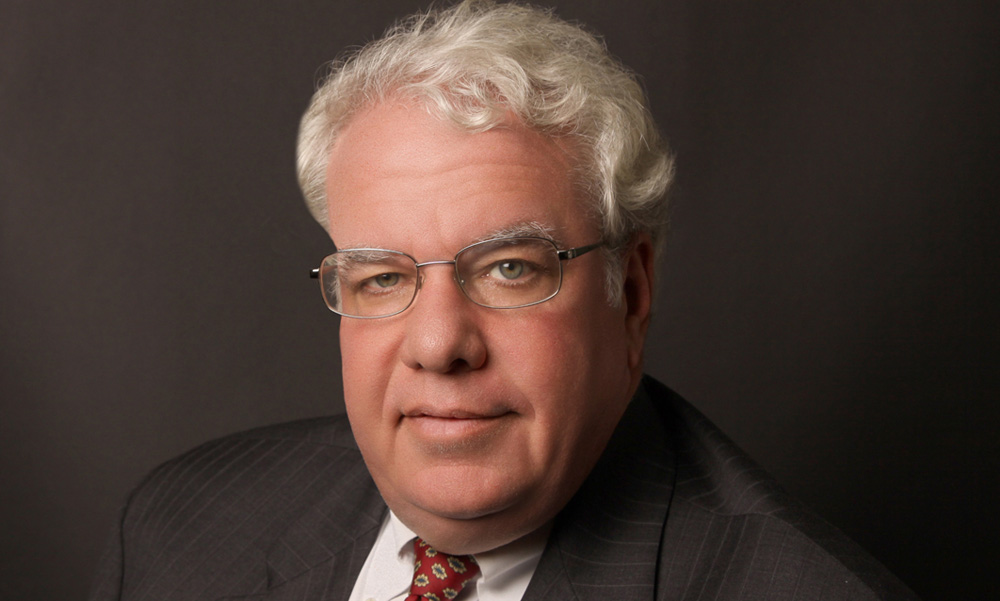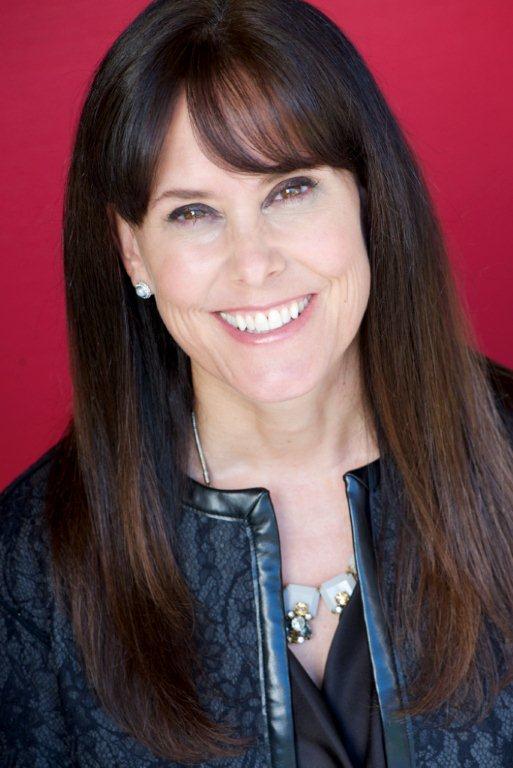The Last Mile: Retail Responds to a Need for Speed
How new technology, consumer preferences and demand for high-speed delivery will impact retail and industrial real estate—and what CRE execs can do to prepare.
By Steven Bandolik and Michelle Kerrick
In the December issue of CPE, we discussed a macro trend from our report, “Commercial Real Estate Redefined,” that could prove to be a serious industry disruptor: the so-called “last mile.” As 2030 inches closer, we believe that new technology, consumer preferences and demand for speedy delivery will significantly impact last-mile connectivity, as well as the demand for both industrial and retail real estate. Don’t underestimate the importance of this trend to the future of your business; for instance, institutional investors have already shown that they prefer assets that support last-mile delivery to more conventional industrial and retail spaces.
Now let’s take a closer look at the instigators of disruption and how CRE executives can best prepare their businesses for what’s ahead.
Changing Channels
Currently, the push to create experiential retail is driven primarily by increased growth of online sales. That, in turn, is influencing the use of conventional brick-and-mortar stores as opposed to digital channels. Additionally, consumer interest in on-demand and tailored orders is generating experiments in manufacturing technology and site selection, while demands for next-day or same-day delivery are encouraging retailers to differentiate at the last mile.
In turn, technological advancements like 3D printing are helping meet the demand for custom products, which will enable manufacturers to move from a build-to-stock model to a build-to-order. Still other innovations, like drone delivery, are addressing the demand for faster, more convenient delivery.
Despite the rise of online retailing, however, brick and mortar will remain integral for a variety of reasons. Some stores will serve as showcases for products that shoppers prefer to touch before buying, or that have significant service components.
Others will bend to the store-in-store concept, while the remainder will shift to manufacturing, fulfillment and distribution centers, where size and location will be key. Smaller localized distribution centers will emerge due to on-demand retailing, the reduction of inventory and their ability to provide fast, efficient delivery.
Winning Moves
To get your business ready for this disruption, consider the following:
- Keep experimenting. Try a variety of store formats, tailored spaces, and innovative techniques to enhance the consumer experience. That, in turn, requires embracing sophisticated tools, such as radio-frequency identification (RFID) to optimize in-store inventory, or 3D printing to expedite custom orders. Meanwhile, continuously evaluate the number, location and size of stores, and consider converting non-strategic stores to fulfillment centers.
- Acquire and develop. Distribution and fulfillment centers should figure prominently in portfolios. That means buying and building smaller, more flexible spaces that meet the need for fast local delivery. Consider multi-tenant solutions to cut costs and enhance resources for manufacturers preferring to sell directly to consumers.
- Think location, location, location. For retail stores and distribution centers alike, the time-honored truism will be more important than ever. Companies should use geospatial technology and predictive analytics to identify strategic retail and warehouse locations, given the likely overlap in their use.
Steven Bandolik is a director with Deloitte Services L.P. and a senior leader in Deloitte’s real estate services practice. A 30-year industry veteran, Bandolik provides advisory services in a wide range of business areas, including capital markets, corporate finance, mergers and acquisitions, investments, restructuring and reorganization, workout and asset recovery.
Michelle Kerrick is a partner with Deloitte & Touche LLP., and leads more than 1,600 professionals as head of the firm’s Los Angeles practice. She has advised a diverse group of clients in multiple industries during her three-decade career.









You must be logged in to post a comment.